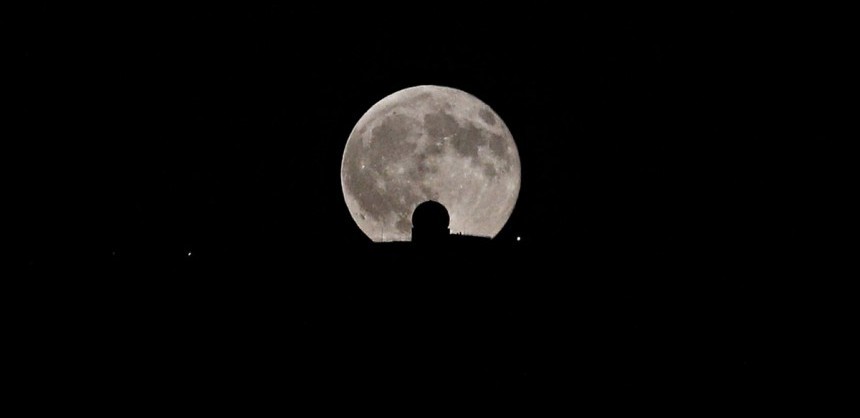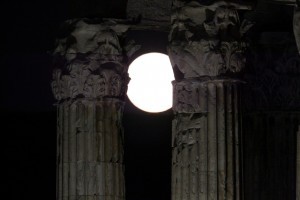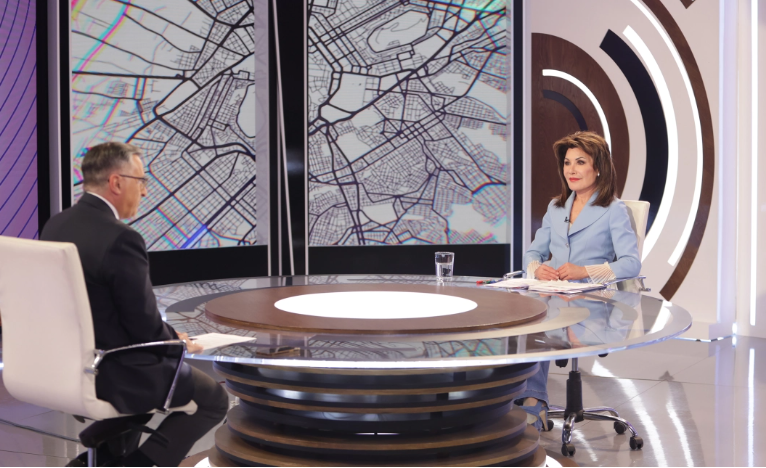If you missed some of the amazing astronomical phenomena this year, then you could make up for it in one outing. On November 14, the Moon will come the closest it has been to earth since January 1948. The supermoon, as the phenomenon is called, will see the Moon appear up to 14 percent bigger than an average full moon. This is the closest the Moon will get to Earth until 25 November 2034, so you really don’t want to miss this one. the Moon has an elliptical orbit, one side – called the perigee – is about 48,280 km closer to Earth than the other side (the apogee).
When the Sun, the Moon, and Earth line up as the Moon orbits Earth, that’s known as syzygy (definitely something you want to keep in your back pocket for your next Scrabble match).
When this Earth-Moon-Sun system occurs with the perigee side of the Moon facing us, and the Moon happens to be on the opposite side of Earth from the Sun, we get what’s called a perigee-syzygy.
That causes the Moon to appear much bigger and brighter in our sky than usual, and it’s referred to as a supermoon – or more technically, a perigee moon. But because the November 14 Moon becomes full within about 2 hours of perigee, it’s going to look the biggest it has in nearly seven decades. Depending on where you’re viewing it from, the difference between a supermoon and a regular full moon can be stark, or difficult to tell. If the Moon is hanging high overhead, and you have no buildings or landmarks to compare it to, it can be tricky to tell that it’s larger than usual.
But if you’re viewing from a spot where the Moon is sitting closer to the horizon, it can create what’s known as ‘moon illusion’.
Source: sciencealert.com




































